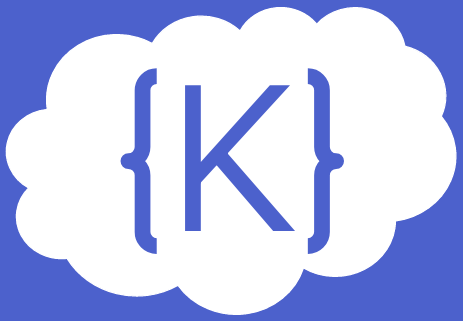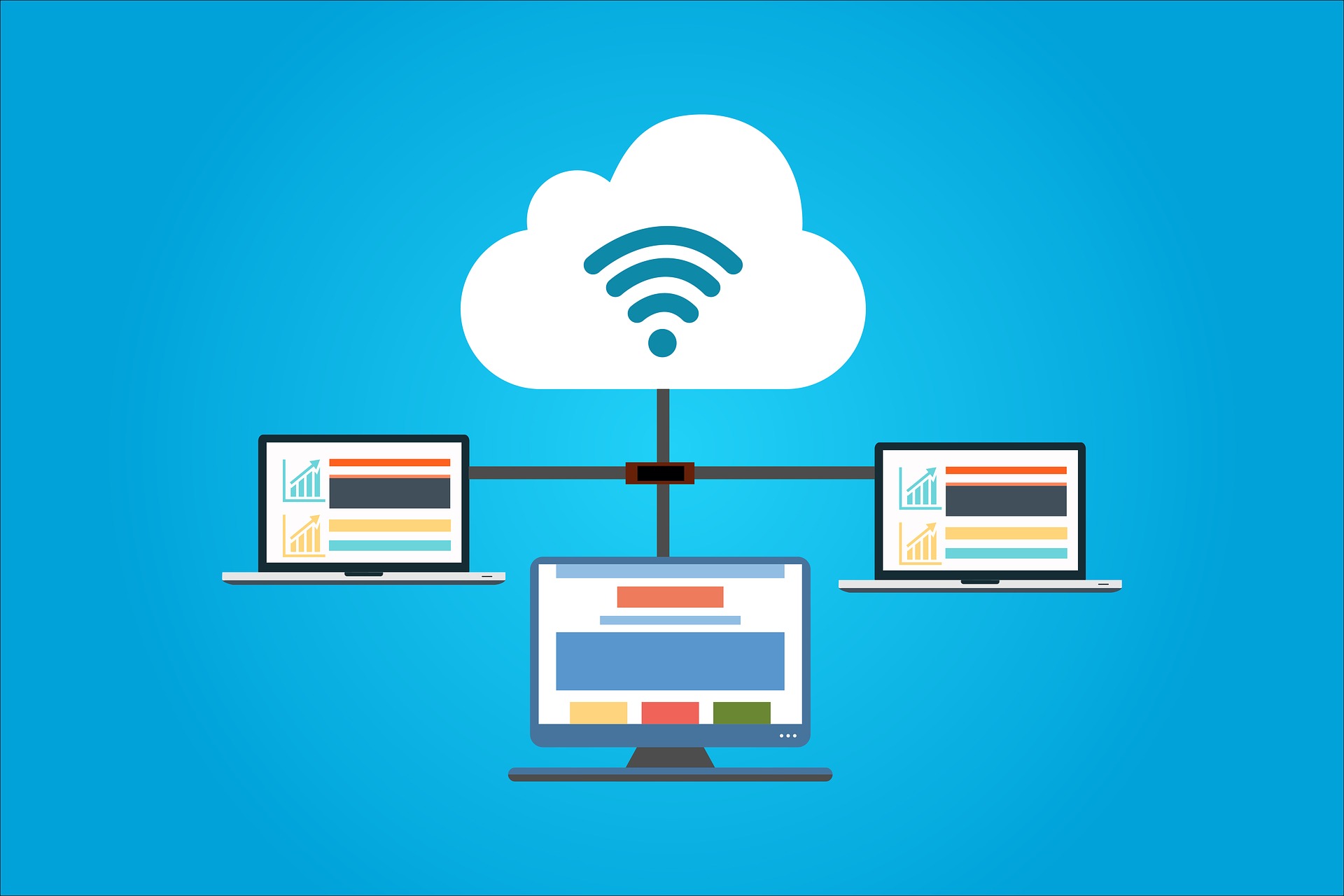Welcome to Kloud Komputing

Kloud Proposal to ACME, Inc.
This site was specially tailored toward ACME, Inc., to help them determine whether moving to the cloud is a better solution than on-prem only. The following pages will cover:
Cloud Computing Overview

Cloud Computing
The public cloud lets customers gain new capabilities without investing in new hardware or software. Instead, they pay their cloud provider a subscription fee or pay for only the resources they use. Simply by filling in web forms, users can set up accounts and spin up virtual machines or provision new applications. More users or computing resources can be added on the fly—the latter in real time as workloads demand those resources thanks to a feature known as autoscaling.

Cloud Services
- Software As A Service (SAAS). This type of public cloud computing delivers applications over the Internet through the browser.
- Infrastructure As A Service (IAAS). At a basic level, IaaS public cloud providers offer storage and compute services on a pay-per-use basis.
- Platform As A Service (PAAS). PaaS provides sets of services and workflows that specifically target developers, who can use shared tools, processes, and APIs to accelerate the development, testing, and deployment of applications.
- Functions As A Service (FAAS) FaaS, the cloud version of serverless computing, adds another layer of abstraction to PaaS, so that developers are completely insulated from everything in the stack below their code.

Benefits
- Scalable
- Reliable
- Lower Costs

Recommendations
Work with a cloud provider, like Google, AWS, Microsoft or Kloud to help scale your website, secure your data, and lower your costs of hosting. ACME, Inc., will receive support to migrate to the Kloud (see Kloud Planning).